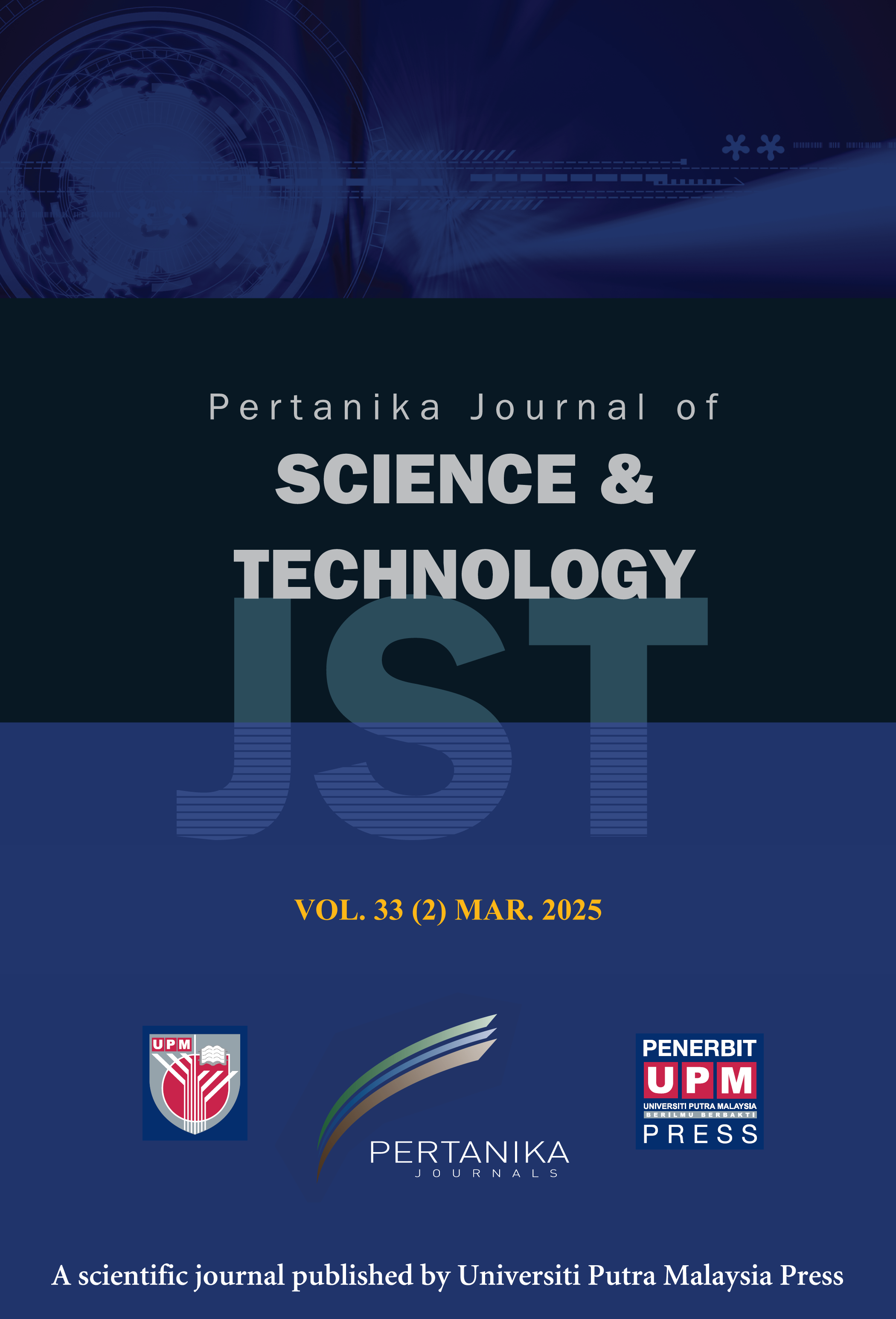PERTANIKA JOURNAL OF SCIENCE AND TECHNOLOGY
e-ISSN 2231-8526
ISSN 0128-7680
Comparative Analysis of Ultrasonic Inspection Techniques for Corrosion Monitoring in Petrochemical Plants Using Analytic Hierarchy Process (AHP)
Jan Lean Tai, Mohamed Thariq Hameed Sultan and Farah Syazwani Shahar
Pertanika Journal of Science & Technology, Volume 33, Issue 3, April 2025
DOI: https://doi.org/10.47836/pjst.33.3.16
Keywords: AHP, non-destructive testing, phased array ultrasonic testing, ultrasonic testing
Published on: 2025-04-23
Selecting non-destructive inspection methods for corrosion monitoring and detection in petrochemical plants frequently relies on personal preferences rather than a rigorous assessment of the underlying rationale for specific testing techniques. Unchecked corrosion can lead to catastrophic failure; however, many of these inspection techniques are inefficient. Plant owners often struggle to select an inspection technique that is both time-efficient and provides good detectability. This study applied the Analytical Hierarchy Process (AHP) to identify the best ultrasonic testing technique for corrosion monitoring in process plants. Three techniques were evaluated: pulse-echo ultrasonic testing (UT A-Scan), ultrasonic thickness gauging (UTG), and phased-array ultrasonic testing corrosion mapping (PAUT-CM). Four attributes—time efficiency, defect detection, accuracy, and personnel training time—were identified from an initial set of eight attributes through expert surveys to construct the AHP framework. PAUT-CM demonstrated the highest efficiency, detectability, and accuracy, while UTG had the lowest training requirements. The AHP results indicated that PAUT-CM achieved the highest score of 0.4846, reflecting its effectiveness in extensive corrosion mapping scenarios. In contrast, UTG or UT A-Scan may yield higher scores in situations where only a limited number of spot detections are required. By implementing the systematic approach proposed in this study, engineers can mitigate subjective bias and make informed decisions when selecting the most suitable testing method.
ISSN 0128-7680
e-ISSN 2231-8526




